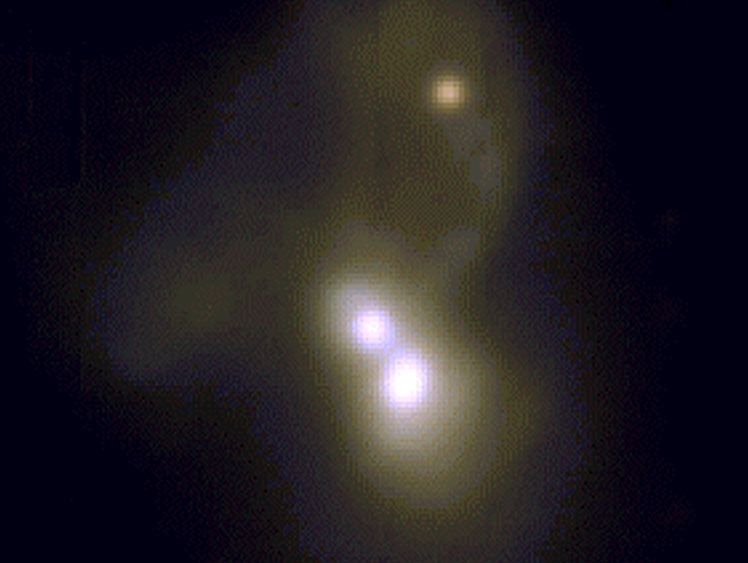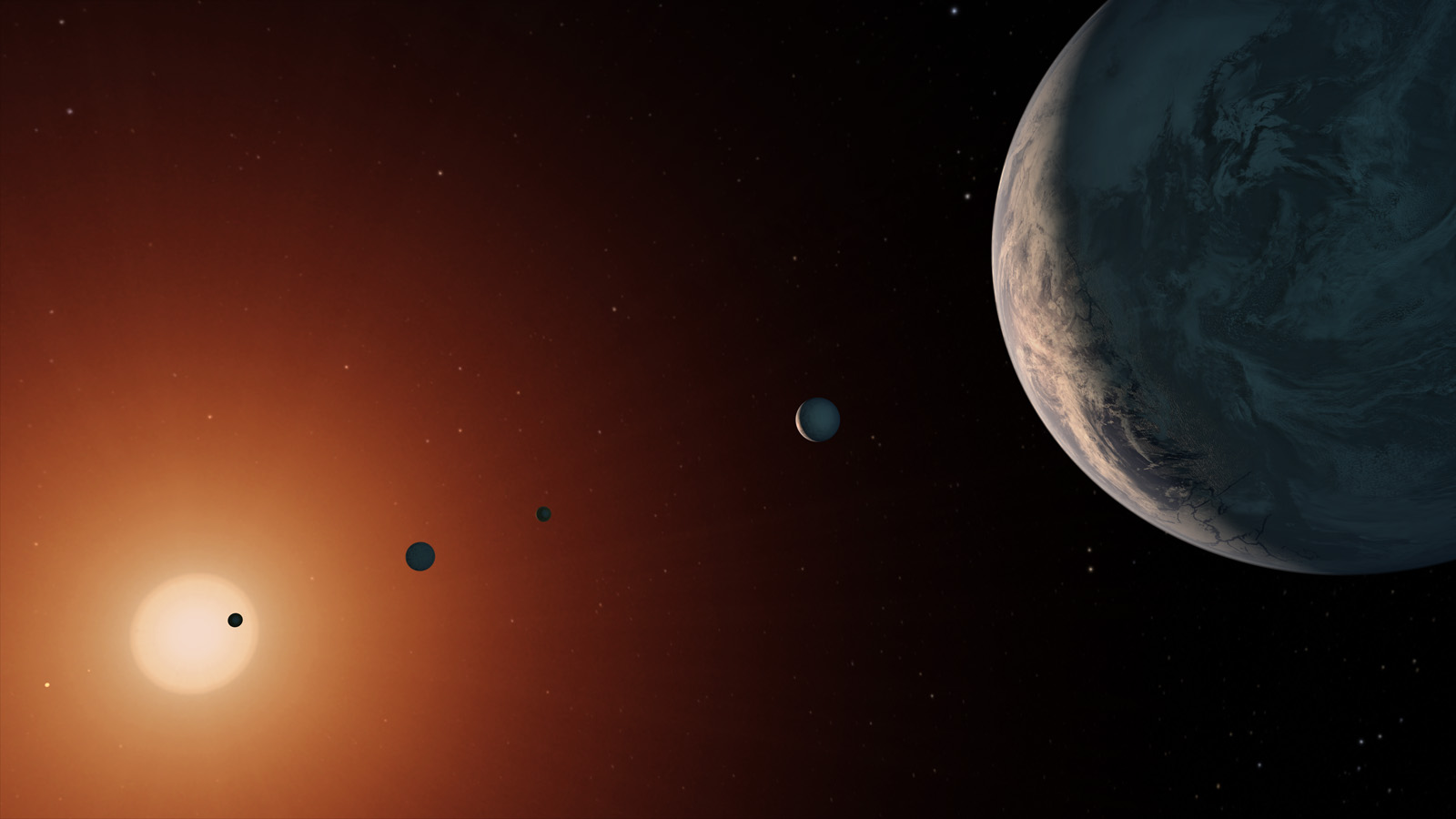Internal geological processes on the moon are almost non-existent. However, when it gets smacked by a space rock, its surface can change dramatically. Debris from that impact can also travel over large distances, transplanting material from one impact site hundreds of kilometers away, where it can remain untouched in its inert environment for billions of years.
So when Apollo 17 astronauts took regolith samples at their landing site near Serenitatis Basin, they collected not only rocks from the basin itself, but from other impacts that had happened billions of years ago. Differentiating material that actually formed part of the Basin from material that landed their after an impact has proven difficult.
Continue reading “Apollo 17 Astronauts Brought Home Samples From the Oldest Impact Crater on the Moon”









